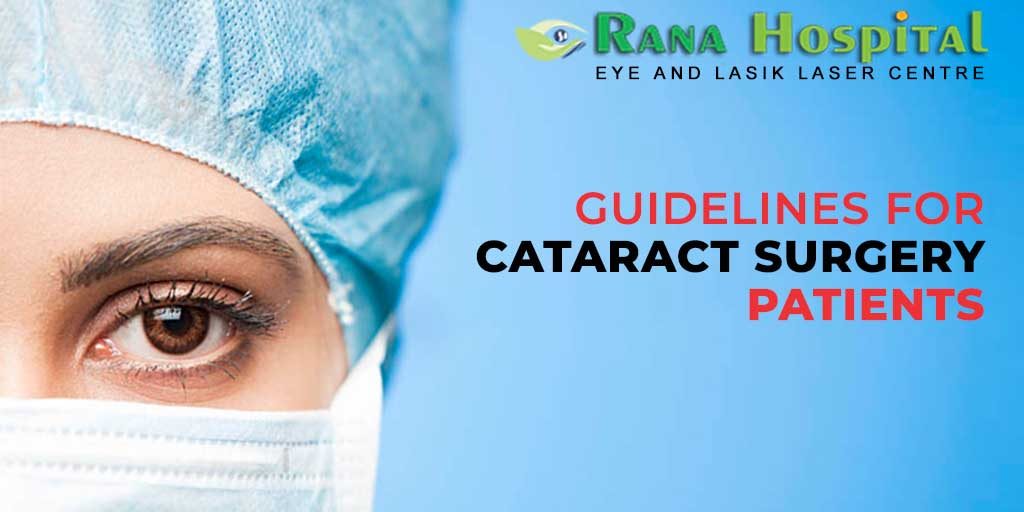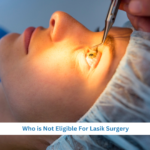Guidelines for Cataract Surgery Patients
Emotional balance and proper precautions can make the cataract eye surgery process easy not only for a doctor but for a patient as well because patients can harm themselves with the tools used in surgery while ophthalmologist doing work on eye. Though the surgery is done under proper care and under general or topical anaesthesia sometimes the doses are not sufficient to keep the patient calm or sometimes patient is too frightened of surgery as the eye is the most sensitive part.
Some other anaesthetic procedures may be needed for some patient’s behaviour; in this, eye is penetrated with a short needle containing liquid to keep the patient more tranquil than normal and lids can be widened more but control remains with the patient.
Anxiety prevails and it is normal in humans when experiencing any sort of surgery but needs to believe on doctor. A cataract surgery entails various steps but to understand it is basically the removal of a misty membrane which might be affecting the vision of patient to see clearly. It does not take much time for the patient and can be released on the same day of operation.
Before surgical proceedings patient must ensure to follow the given instructions before, during and after very carefully. Here are some of the basic steps a person going for treatment should follow:
Apart from taking prescribed antibiotics a couple of days before surgery, a sufferer has to stick to some more mandates during operation.
He or she should not wear heavy jewellery except small earring or some ceremonial ornaments and tie hair in a way that they do not create any problem for a surgeon.
A patient must wear loose clothes regardless of the fact whether they are provided by the hospital or not; it will increase the degree of freedom of patient to move if required at any time during the surgery.
OT (Operation Theatre) assistant will take you to the surgery bed and after a patient laid down comfortably then other aiding devices such as monitors, cardio- oxygen meters are tethered.
During the surgery, you do not have to move your head by your own, if in case, the patient has some cough, sneeze or asthma problem then tell the doctor by indication so that any sharp surgical device does not cause harm. The patient should not speak in between because it can change the orientation of face and can control eye movements as well.
When the surgeon makes any penetration and patient feels the same, then do not make any immediate bounce or jump, it can make the scene worse.
If patient has any problems like pulse/ heart-beat related then he or she must tell the doctor beforehand if any intense anesthetic treatment is needed then a doctor will instruct the patient before undergoing surgery.
Post-surgery, a patient can start the day again as before without any much change, he or she must not forget to take medications after every 4-5 hours or as instructed by ophthalmologist who performed the surgery.






No Comments